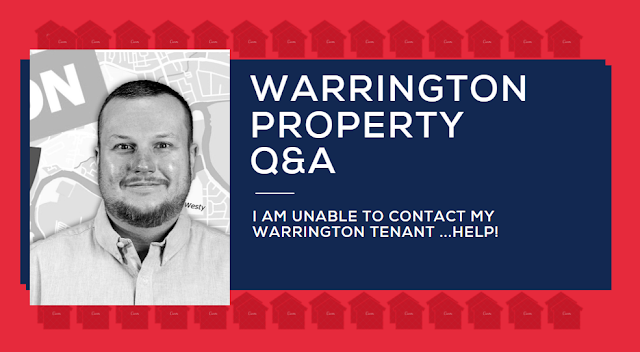It isn’t always the most posh
villages or the swankiest Warrington streets where properties sell and let the
quickest. Quite often, it’s the ones
that have the best transport links. There’s a reason why one of the most
popular property programmes on television is called Location, Location, Location!
As an agent in Warrington, I am
frequently confronted with queries about the Warrington property
market, and most days I am asked, “What is the best part of Warrington
to live in these days?” (chiefly from new-comers). Now the answer is different for each person
– a lot depends on the demographics of their family, their age, schooling
requirements and interests etc. Nonetheless, one of the principal necessities
for most tenants and buyers is ease of access to transport links,
including public transport – of which the railways are very important.
Train Usage
in Warrington
Official
figures recently released state that, in total, 4,000 people jump on a train
each and every day from Warrington’s Train stations. Of those, 962 are season
ticket holders. That’s a lot of money being spent when a season ticket,
standard class, to Manchester is £1,692, a year.
So,
if up to £1.63m is being spent on
rail season tickets each year from Warrington,
those commuters must have some impressive jobs and incomes to allow them to
afford that season ticket in the first place. That means demand for middle to
upper market properties remains strong in Warrington and the surrounding area.
In turn, these are the people happy to invest in the Warrington buy to let
market – providing homes for the tenants of Warrington.
The
bottom line is that property values in Warrington would be much lower (by at
least 3% to 4%) if it wasn’t for the proximity of the railway stations and the
people they serve in the town.
This isn’t a flash in the pan. Rail
is becoming increasingly important as the costs associated with car travel
continue to rise and roads are becoming more and more congested. This has resulted in a huge surge in rail travel.
Why does this have an impact on property?
Overall
usage of the station at Warrington has increased over the last 20 years. In 1997, a total of 1,336,573 people went
through the barriers or connected with another train at the station in that
12-month period. However, in 2016, the
figure had risen to 2,912,188 people using the station.
That’s 8,001 people a day.
 The positioning of the property and the train
station has an important effect on the value and saleability of a Warrington
property. It is also significant
for tenants. So if you are a Warrington buy to let investor looking for a property,
the distance to and from the railway station can be extremely
significant.
The positioning of the property and the train
station has an important effect on the value and saleability of a Warrington
property. It is also significant
for tenants. So if you are a Warrington buy to let investor looking for a property,
the distance to and from the railway station can be extremely
significant.
One of the first things house
buyers and tenants do when surfing the web for somewhere to live is find out the
proximity of a property to the train station. That’s why Rightmove displays
the distance to the railway station alongside each and every property on
their website.
For more thoughts on the Warrington
Property market – email me on manoj@hamletwarrington.co.uk or call
on 01925 235338. If you are in the area, feel free to pop into the
office – we are based on 6 Bankside, Crosfield St, WA1 1UP.
Don't forget to visit the links below to view back dated deals and Warrington Property News.
Follow The Buy-To-Let Property Investment Market in Warrington
Warrington Property Market LinkedIn Page
Hamlet Homes Letting Agents Warrington Facebook Page
Hamlet Homes Letting Agents Warrington Twitter Page
Warrington Investment Property Specialist Hamlet Homes Website







